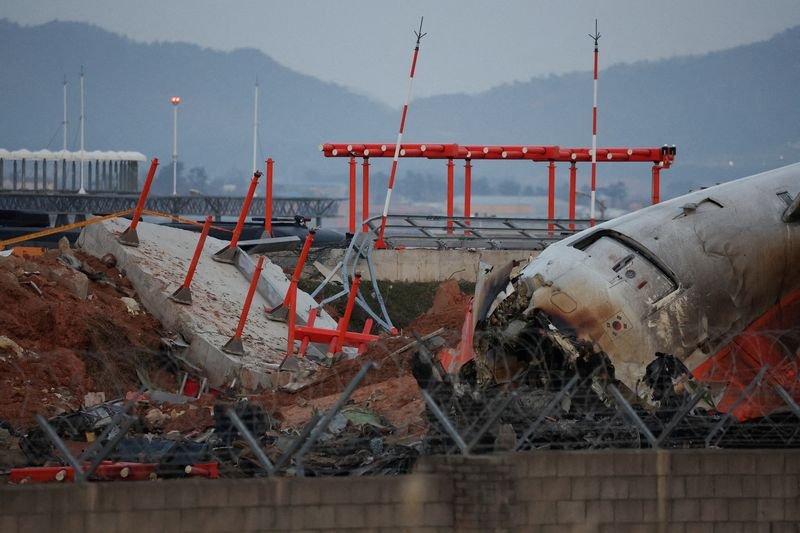Jeju Air Jet Incident: Investigation Update Reveals New Details
The aviation industry frequently faces challenges, and incidents involving commercial airlines can raise serious public concerns. A recent investigation into the Jeju Air jet crash has provided new insights into the circumstances surrounding this unfortunate event. This article breaks down the latest findings, shedding light on what transpired and what the future might hold for airline safety protocols.
Overview of the Incident
The Jeju Air jet incident occurred under circumstances that have captured the attention of aviation experts and regulatory bodies alike. Eyewitness accounts and preliminary reports indicated that the aircraft encountered severe difficulties shortly after takeoff. Although details were scarce initially, authorities have since worked diligently to piece together the sequence of events leading to the crash.
Preliminary Findings
Initial investigations revealed that the jet was experiencing issues, but crucially, it was reported that the aircraft still had a functioning engine at the time of the incident. This finding contradicts some initial perceptions of mechanical failure being the sole cause of the crash. Investigators are now focusing on other potential contributing factors, including pilot decisions and weather conditions.
Engine Status at the Time of the Crash
One of the most significant developments in the investigation is the confirmation that the engine was operational when the aircraft went down. This information shifts the focus from mechanical failures to other elements that might have influenced the situation. The ability of the engine to function poses important questions about crew actions and emergency protocols, as these factors are crucial in ensuring passenger safety.
Key Areas of Investigation
Pilot Procedures
The investigation is meticulously examining the procedures followed by the flight crew during the flight. It aims to determine if all safety protocols were adhered to and whether the pilots made decisions based on accurate data. Understanding the crew’s actions can provide invaluable insights into the incident’s dynamics.
Weather Conditions
The weather during the flight has also become a focal point in the investigation. Conditions like turbulence, wind shear, or thunderstorms can severely impact aircraft performance. Reviewing weather data at the flight’s time will help determine its role, if any, in the crash.
Maintenance History
Another aspect under investigation is the aircraft’s maintenance history. Regular aircraft inspections and repairs are crucial for operational safety. By delving into the maintenance logs, authorities can assess whether the aircraft had any outstanding issues that might have contributed to the crash.
Safety Regularities and Compliance
Compliance with aviation safety regulations is fundamental for airline operations. As the investigation unfolds, regulatory bodies will closely monitor Jeju Air’s adherence to safety practices and maintenance protocols. Previous records can provide a benchmark for evaluating the airline’s overall safety culture and operational readiness.
Impacts on Airlines and Passengers
The aftermath of the Jeju Air incident extends beyond just the airline involved. Passengers may experience shifts in confidence regarding airline safety as news reports circulate. Airlines must work to reassure the public and instigate proactive measures to foster greater trust in air travel.
Future Steps for Regulatory Bodies
Regulatory agencies will likely use findings from this investigation to refine safety regulations and operational guidelines. Even if the causes of the incident don’t point to widespread systemic failures, individual responses can still yield significant improvements in safety protocols.
Conclusion
The ongoing investigation into the Jeju Air jet incident marks a crucial step in understanding the complexities of aviation safety. Though the preliminary findings offer valuable clarity, the aviation community remains dedicated to ensuring that lessons learned from such incidents lead to improved regulations and practices. The ultimate goal remains the same: to keep air travel safe and secure for everyone.
